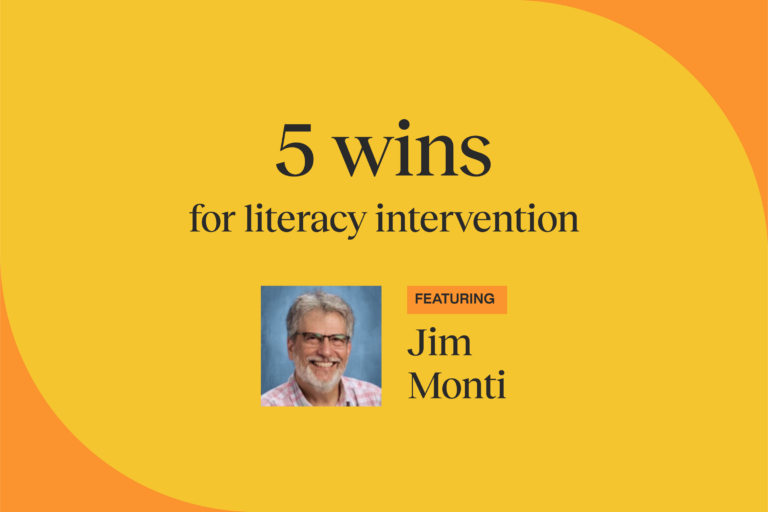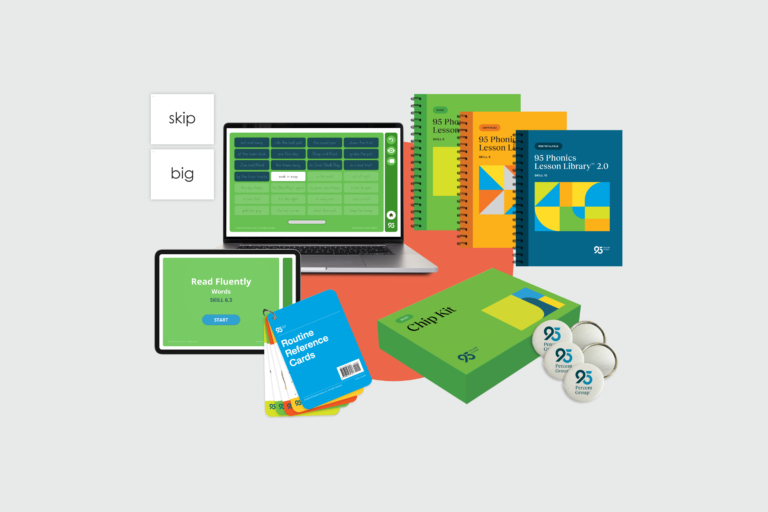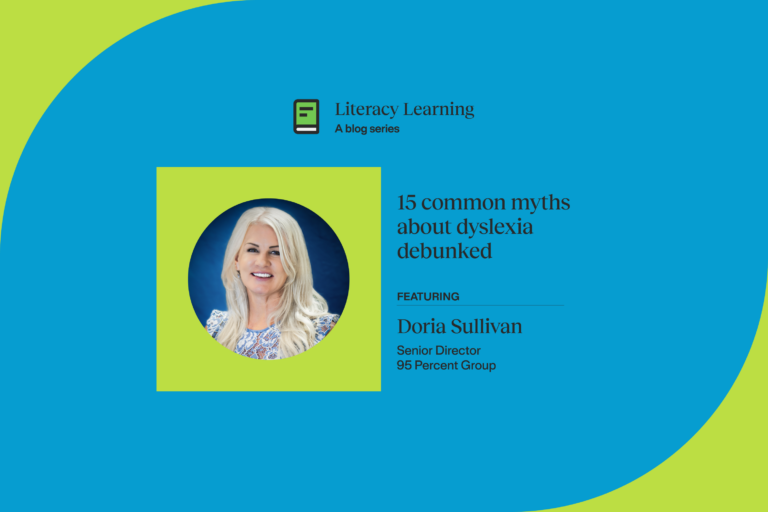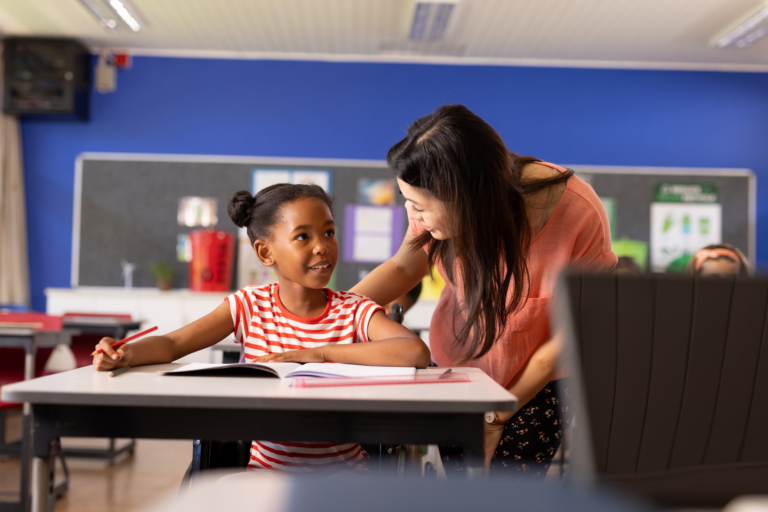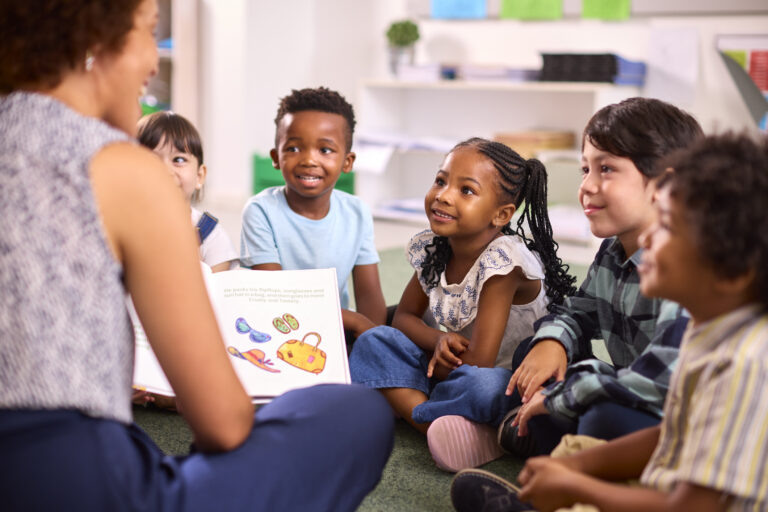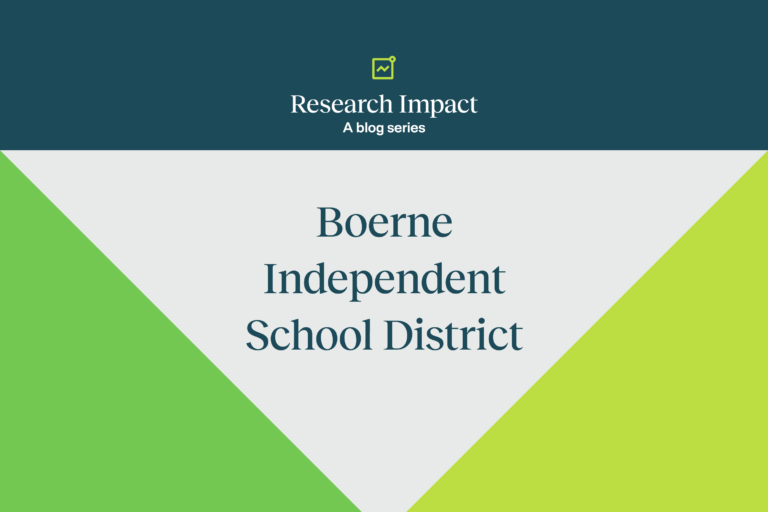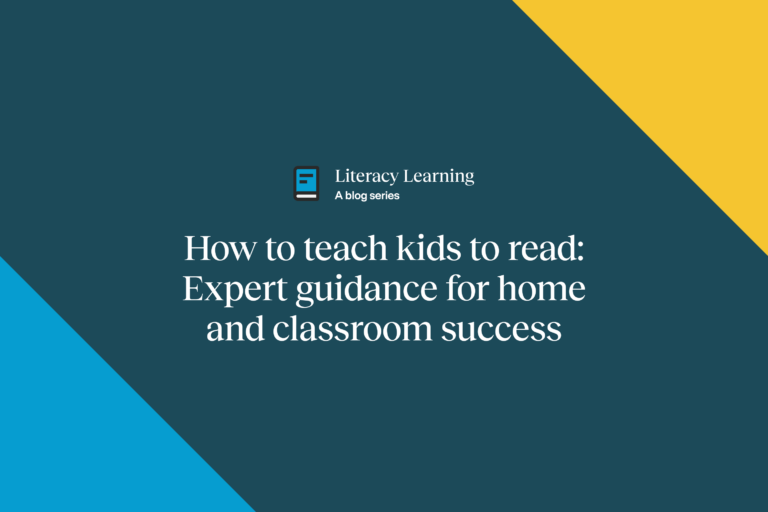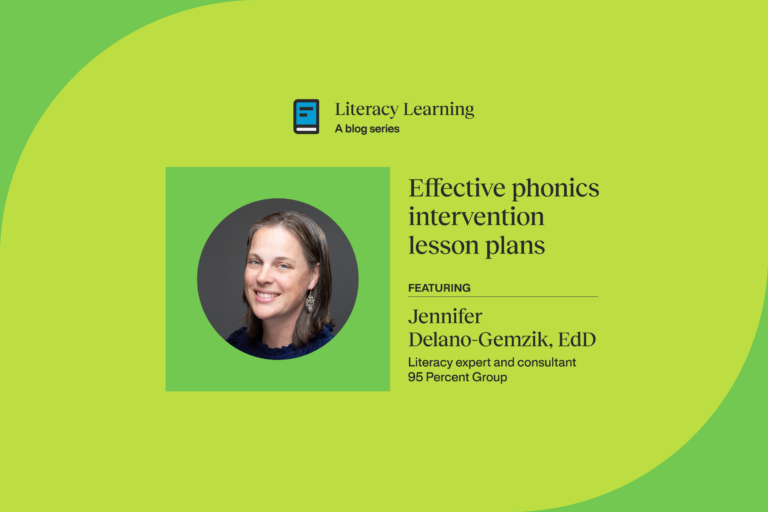Intervention
Explore insights, resources, and research to help you get students reading on grade level.
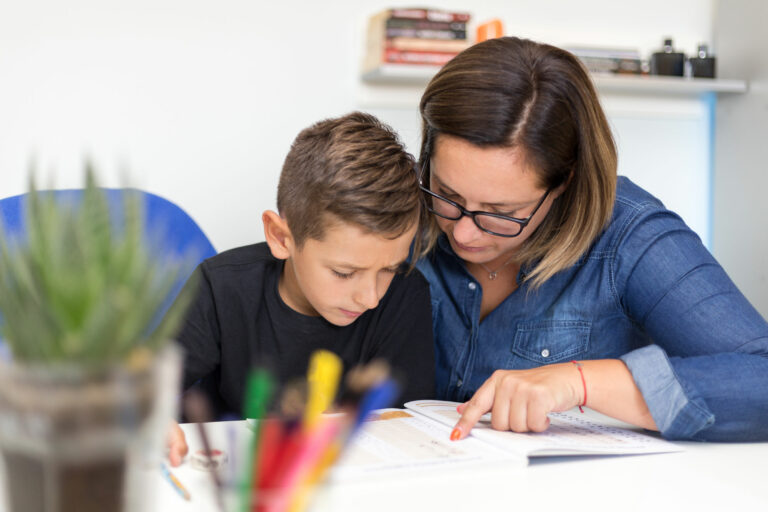
Knock down obstacles—get 5 wins for literacy intervention
Discover better intervention with 95 Literacy Intervention System™
I have been waiting for this kind of systemic change in intervention for 30 years!
Jim Monti Former Director of Educational Reform, Compliance & Technology
Featured insights
We were struggling with moving our students forward using the tools we had. We had heard about a neighboring district who was using 95 Percent Group products and visited their classrooms to see it in action. It was terrific to see what strong intervention really looks like.
Renee Hall
Experts corner: Transforming literacy intervention
Learn how the powerful assessment data, grouping tools, and resource recommendations in this new, essential technology solution can improve literacy outcomes for your students.
One of the biggest challenges faced by teachers and school systems is how to identify exactly when and where to intervene with a student. To solve that effectively, you need to have an evidence-based, predictable progression of skill development in place for students.
Susan Adelmann Vice President, Platforms
Spotlight Illinois: Building a foundation for reading success
Students are more engaged when they’re coming into their intervention groups and participating in targeted instruction, because now we’re matching their needs and boosting their confidence.
Meri Havenar Inclusive Practices and Curriculum Specialist Student Support Services Department
Spotlight Missouri: Phonics instruction and intervention moves all students forward
For the first time in a long time, we have a pretty well-oiled intervention system now which actually led to addressing where the root of our problem actually was—Tier 1 instruction.
Sarah Mwongi Assistant superintendent of learning services, Joplin Public Schools
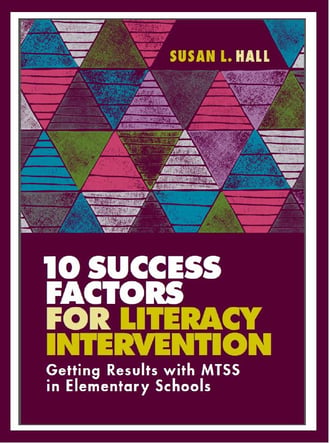
Do you know how to successfully implement and sustain MTSS?
In 10 Success Factors for Literacy Intervention: Getting Results in Elementary Schools, Dr. Susan Hall candidly shares her experience helping school districts across the country successfully implement and sustain effective MTSS processes on their elementary campuses.
Learn the most important factors from schools that are getting results from their literacy MTSS
Implement and sustain effective MTSS processes
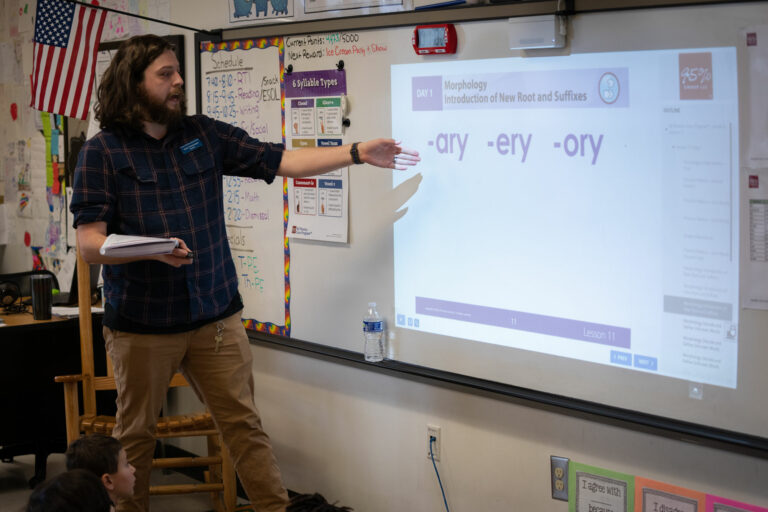
Professional learning on the science of reading
Get ready to improve your instructional practices, get support through our ongoing coaching, or attend an upcoming workshop or webinar.
In higher education as well as my classes for certification, there was never a focus on HOW students learn to read and the processes in the brain. Through this Science of Reading training, I was able to have a better understanding of how students scientifically learn to read.

Reading Specialist Riverside Elementary School
